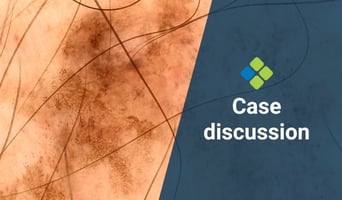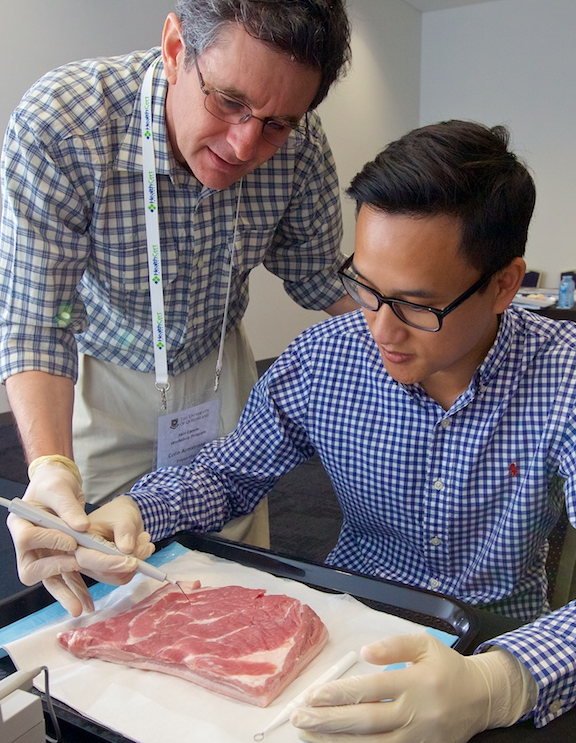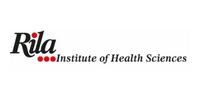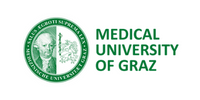In this week's case discussion from Dr Terry Harvey, this 20x17mm pigmented lesion is present on...

Obtain university-assured certifications through certificate and professional diploma programs delivered fully online. Study at your own pace and gain essential to expert skills in a range of medical fields delivered by noted experts.
Access over 2,000+ hours of accredited medical education from HealthCert’s university assured course content and gain valuable skills in various medical fields. Join for AUD83 per month.
Practical workshops are available in skin cancer, aesthetic medicine, clinical procedures and sexual health across Australia for hands-on skills practice (Adelaide, Brisbane, Melbourne, Perth or Sydney).


One-day optional workshops are available in skin cancer, aesthetic medicine, clinical procedures, non-scalpel vasectomy, and intrauterine procedures across Australia (Adelaide, Brisbane, Melbourne, Perth, and Sydney).
Complete all course requirements online, then attend a practical workshop to cement your newly acquired knowledge through practical application.
Practise techniques and treatments under expert guidance in a small group setting.

This organisation is an RACGP-accredited CPD provider under the RACGP CPD Program.










"HealthCert courses have become the standard by which you gauge all others."
- Dr K. Abolarinwa
"Good, courses with excellent speakers. I particularly enjoyed the case study scenarios which helped to integrate the knowledge gained."
- Dr A. Tucker
"This is the pathway to improve your confidence and evolve into the GP you aspire to be"
- Dr S. Shinwari
Our Education Advisors can assist you with any queries and tailor our education pathway to suit your current expertise, interests and career goals.